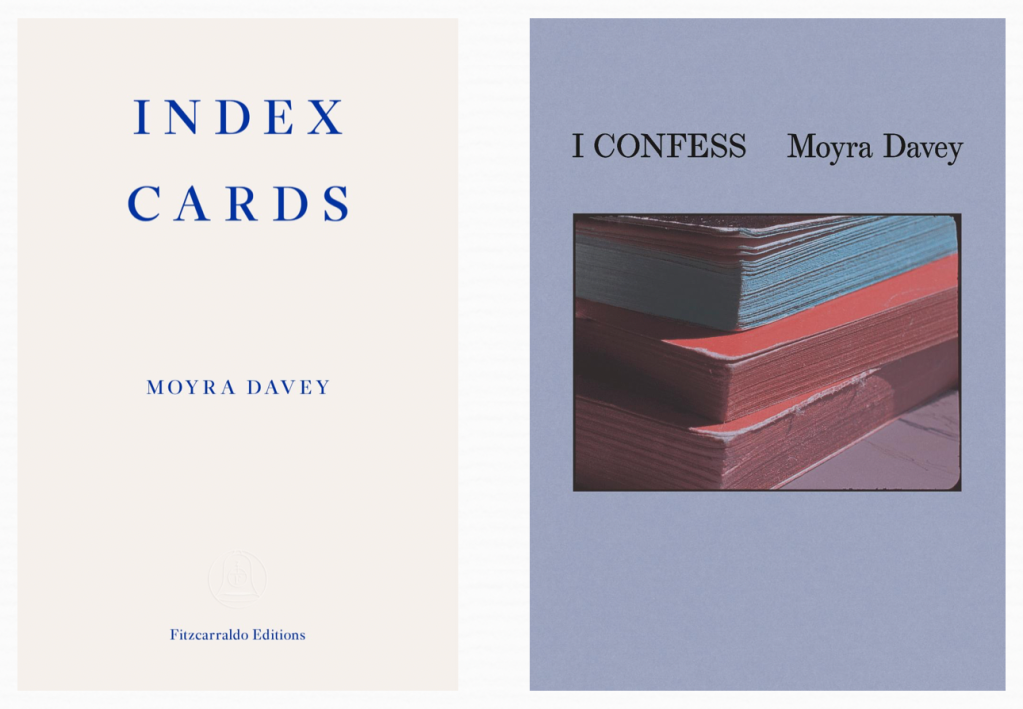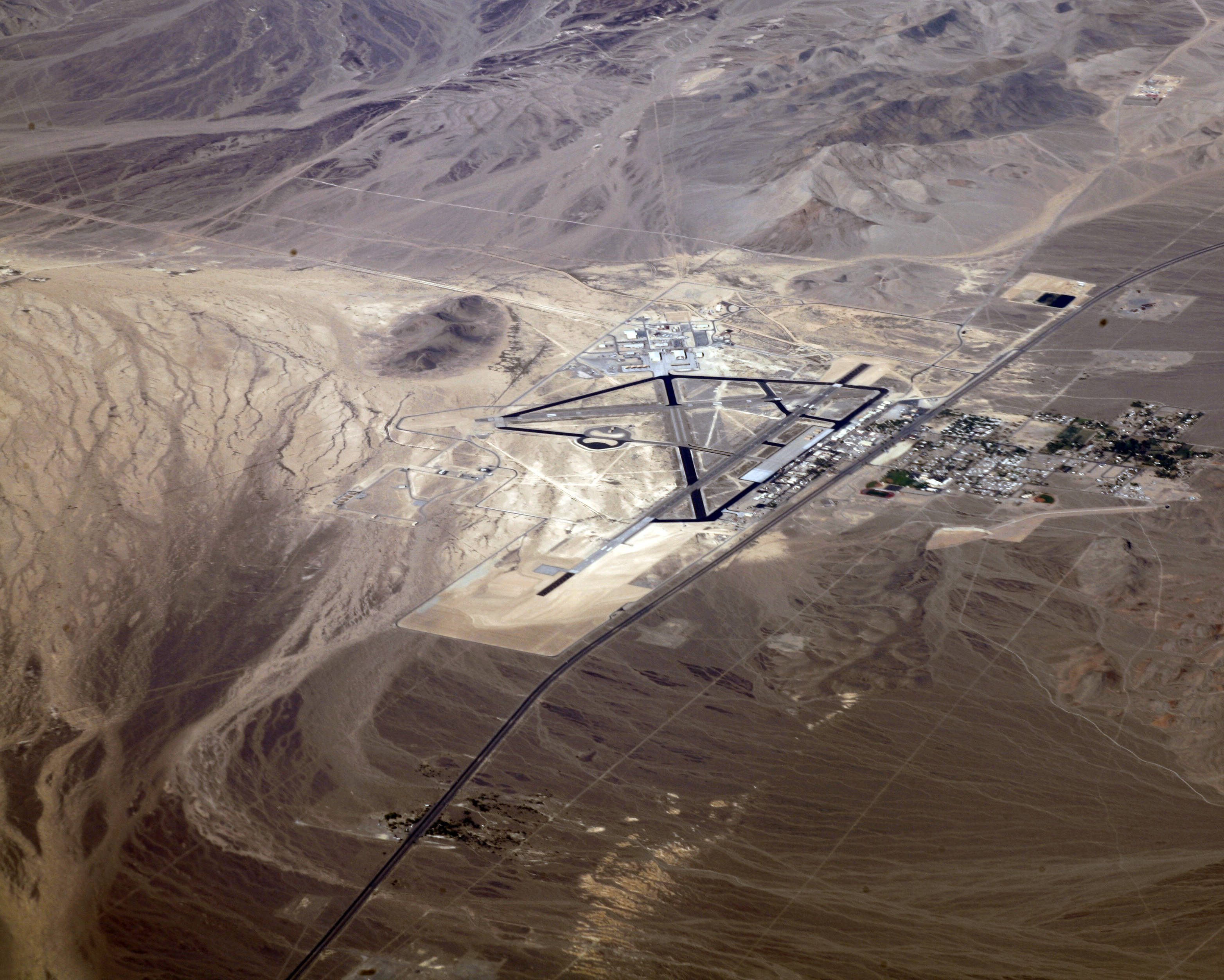This is why her films feel so casually alert; they resemble in content and their form how we live and make now; the promiscuous solutions of our common workworlds. This is true of her apparently bookish essays too, rewilded by serial fragmentation… It is work I feel fierce kinship with, but it is also kinship-at-work in the unfenced present.

___________________________________________________
Moyra Davey’s ‘Index Cards’
Fitzcarraldo Editions, London, 2020
264pp, ISBN978-1913097264
‘I Confess’
Dancing Foxes Press, 2020
168pp, ISBN978-0888849960
___________________________________________________
1/ Index Cards collects fifteen of the essays Moyra Davey has published since 2003 into a single volume for the first time. Two began as talks; most of the others generated the self-narrated voice-overs of her films, of which i confess is the tenth since Hell Notes in 1990. Usually, Davey’s texts appear in busily illustrated volumes with modest print-runs to accompany the films, which have become annual productions. The latest example of that is I Confess, which marked her new film and retrospective exhibition at the National Gallery of Canada in 2020. Index Cards, however, is a definite departure with its twenty-seven small black and white images cleverly punctuating 264 pages.
2/ Davey is primarily a visual artist and ‘a maker not a thinker’, she says, but her outputs dissolve such distinctions. Born in Toronto in 1958, she enrolled in the Whitney Programme in 1989 when it was at its most theoretically proscriptive. Critical discourses around the politics of representation constrained her relationship to the body in image-making for many years. This is a frequent reference, even central thread, of her writings and films in their anxious, whittling and iterative way. For a decade or so her photographic images have taken the form of aerograms; printed, folded, taped and posted C-prints (35 x 45 cm), opened-out and assembled on gallery walls where they own a frugal worldliness.
3/ Davey returns obsessively to quotidian elements; the ‘general squalor of the domestic scene’ [1] as she says; dust and disrepair, heaped possessions and papers, as well as text; images of highlighted quotes, books in whole or part; The Private Diaries of Stendhal being relieved of lavic dust; words and names inked by the artist’s hand, blown up from receipts or the correspondence of Alice B Toklas, ornate letters from the first Greek edition of the Iliad set in moveable type. These intersperse with cyclical images of herself, her sisters, undergrad-age son and friends, and dogs and horses – all naked by degrees.

Moyra Davey, Nine Photographs from Paris (Group 1) (mailers), 2009, inkjet print on Fuji Film Crystal Archive Paper with ink, tape and postage stamps, 30 × 45 cm, courtesy of the artist










